Hsinchu, the most unassuming, diamond on the rough destination you didn’t know you needed to visit. Many of the born and bred there are of Hakka descent, the original Taiwanese aboriginal minority from the southern-eastern part of the country, and it is here that you’ll find you’ll be more immersed in the deep historical roots of the city than the bustling city life that seems to encapsulate the core of Taiwan’s appeal to the world.
Its nickname is unofficially ‘The Windy City’ because due to its unique location, the weather is habitually windy regardless of the time of the year. It’s also unpredictable, often incredibly hot in summer with rainy days, with breezes passing through, typhoon season typically around July to October, and winter’s being cool enough for a jacket but not requiring much else – much like the rest of Taiwan.
Whilst one might be inclined to skip over this small city sandwiched between Taoyuan City and Taichung City, if you’re not pressed for time, and you’re looking for somewhere off the heavily beaten path of Taiwan’s most frequented tourist areas, then a one or two day trip to Hsinchu might just be what the doctored ordered. Only under an hour away by train, bus, or car from northern Taipei, or 2.5 hours by train from southern Kaohsiung, it’s surprisingly easy to get to, given its relatively unknown status.
We highlight below some of the unique attractions that Hsinchu offers, and we hope that if you do decide to visit them, they’ll show you a side of Taiwan not typically seen by many.
How To Get To Hsinchu?

How To Get To Hsinchu From Taipei
From Taipei, you can easily travel to Hsinshu for just 35-minutes on the High Speed Rail (HSR) from $290 TWD ($9.40USD) for one person, one way. To check train times and book tickets, check out the website here. This makes it incredibly easy to explore Hsinchu as a day trip, as well as a leisurely one-day trip from Taipei.
How To Get To Hsinchu From Kaohsiung
From Kaohsiung (Zuoying Station), you can simply hop on the HSR and be at Hsinchu in under 90-minutes for $1,200 TWD ($40USD) for one person, one way. To check train times and book tickets, check out the website here.
Where To Stay In Hsinchu?
Hsinchu Taiwan – Guesthouse Mo Nei Garden B&B
A quaint manor-like house, Mo Nei Garden provides a home away from home in the purest sense. The owners are only a stone throw away, making it feel comfortable and safe – should anything ever happen, they’ll be right at your doorstep in an instant. Guestrooms have been furnished and decorated in a sense that will make you feel relaxed the moment you enter – not flashy, but certainly not decrepit.
Think large, comfortable mattresses, spacious areas to move, and minimal yet necessary furnishings. You can indulge in either a buffet or an Asian breakfast in the morning before you head out, and there’s a relaxing shared lounge area to sit back and drink tea in after a long day of exploring.
Why Guests Love It: “The very hospitable host who resides nearby immediately addresses any problems that arise, has a ton of information to impart. It’s like you’re living in a manor amongst nature.”, “The environment is comfortable and quiet, the scenery is good, the host is super enthusiastic, it’s like returning home.”
Book It Now: Mo Nei Garden B&B
Hsinchu Taiwan Hotel – Hotel Royal Hsinchu
Live like a king at the Hotel Royal Hsinchu. The accommodation itself is a magnificent towering structure, lit up at night, complete with a carpeted foyer, an in-house bar, a fitness centre, an in-house Royal Beauty Salon, a heated indoor pool, and free shuttle services and Wi-Fi throughout. All guest rooms are supremely spacious, with large, comfortable beds, and offer flat-screen TV for private entertainment and a luxurious bathtub for soaking in after those long days spent exploring. There’s also 24-hour room service, so if you’re having cravings at 3:00am in the morning, don’t despair. Its location is a big plus, being only 20-minutes drive away from the Hsinchu HSR and the Cheng Huang Temple. This is luxury living at its finest.
Why Guests Love It: “Great location at the entrance to the industrial park. Awesome breakfast buffet with a huge spread. Rooms are on par with any 5-star hotel in the US.”, “It’s an excellent place to stay. Customer service is very helpful and reachable all the time.”, “The location is very convenient, and its staffs are very friendly.”
Book It Now: Hotel Royal Hsinchu
What To Eat In Hsinchu?
Beef Noodles

One of Taiwan’s most famous dishes, the Hsinchu take on this classic is unique and addictive, making waves with tourists who manage to find themselves in this little corner of the country. Fresh beef is stewed in a secret marinade sauce for hours to tenderize the meat, before being served with chewy noodles in a spicy hot soup.
Hakka Glutinous Rice Balls
A dish that’s descended from the ages, this traditional Hakka dish is a must-try when in Hsinchu. A chewy and savoury rice cake made from glutinous rice flour, it’s cooked in a pot of boiling soup along with common ingredients such as fried shallots, shrimp, vegetables and meat, and served to eat immediately whilst piping hot.
Duck Noodles
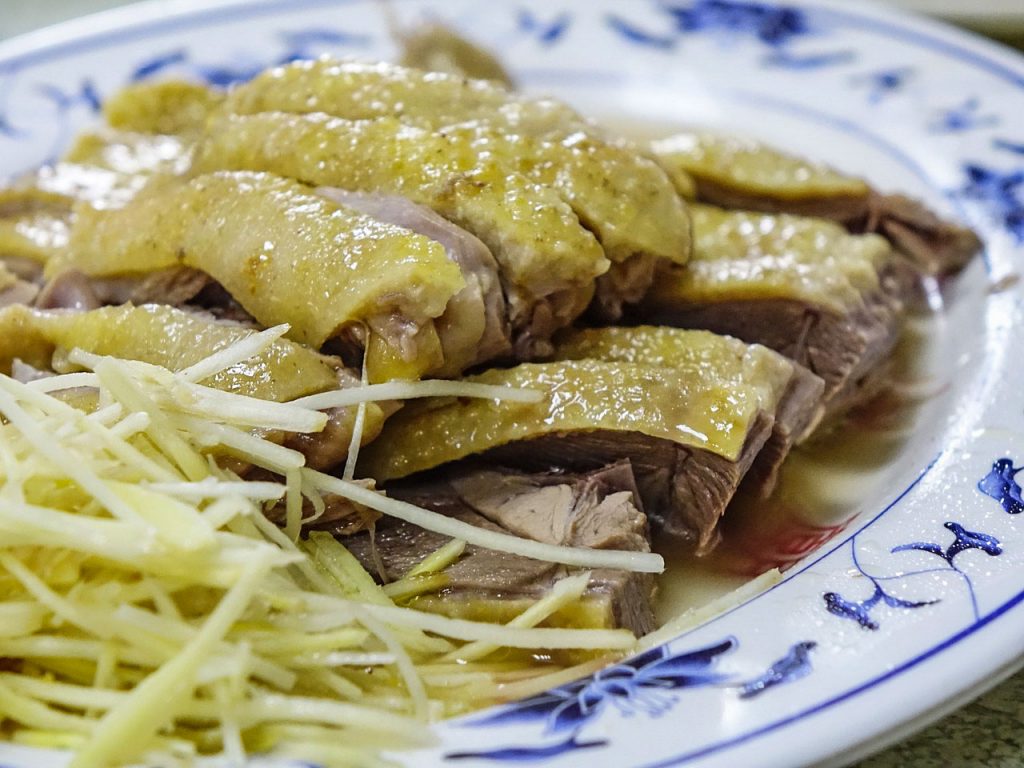
Another classic that the Hsinchu are loud and proud about, the duck noodles from this city are second-to-none. The fresh duck is soaked in sauce, smoked and cooked in a hot soup together with thick noodles in order for the soup and noodles to soak up the essence and flavor released from the smoked duck.
Pork Stuffed Meatball
Hsinchu does Taiwanese meatballs with a twist, serving up a fried starch-dough bun, filled with uniquely coloured red meat. The meatball is made by mixing lean meat with fermented rice and green onion, and then getting a small amount of the mixture and wrapping it inside starch dough. The meatball is steamed and then lightly deep-fried for that extra chewiness. It’s normally served with mashed fresh garlic and sweet sauce.
The Best Things To Do Hsinchu
- Cheng Huang Temple & It’s Famous Food Market
- Hsinchu City Glass Museum
- Beipu
- Hike the Eighteen Peaks (Shibajian Mountain)
- Leofoo Village Theme Park
Cheng Huang Temple & It’s Famous Food Market
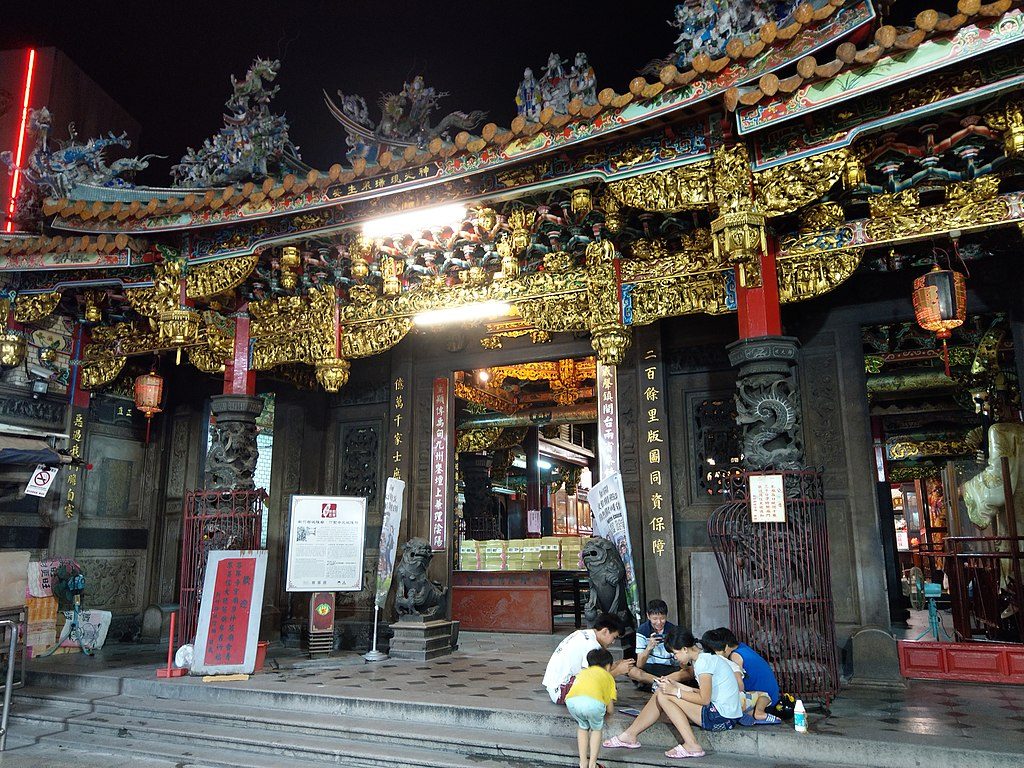
Also known as the ‘City God Temple’, Chenghuang Temple is first and foremost the highest ranking of all City God temples across the country. Being around 270 years old, it’s an absolute monster two-tier structure characterized by tall red pillars, shining colourful symbolic paintings, and the strong recurring smell of incense. Unlike many Asian temples located deep in the mountains, shrouded in mystery and grace, this temple is located amongst the concrete jungle, with scores of restaurants at the front selling snacks and drinks.
Every year the birthday of the Cheng Huang God, which falls on November 29, is celebrated on the eve of the big day, with big celebrations all around including traditional parades and loud firecrackers. If you happen to be around this time, this is a unique cultural experience you would probably want to experience.
The Cheng Huang Temple Night Market is the best night food market in all of Hsinchu. It’s got deep roots from over 100 years ago, and has grown today to be a bustling night market that draws crowds from Taipei, Taoyuan, and Taichung to sample its wares. One of the irresistible charms of the Cheng Huang Temple Night Market is that much of its history is still present in the offerings today – you can see, feel, and taste the old-time flavours of Hsinchu through the soups, omelets, fried rice, fried chicken, vermicelli noodles, and various items sold at the long-standing restaurants within this market. Below are some standouts:
Legendary Bee-hoon Noodles
The market is not huge – simply look for the stall selling bee-hoon noodles with workers in yellow caps and you’re at the right place. This stall has been in operation for more than 60 years, and serves up incredibly moist and flavorsome fried noodles; order that alongside a bowl of piping hot meatball soup and and you’ve got yourself a real winner.
Guo-guo Thick Soup – Stall #75
Fans of starchy thick soup dishes, rejoice. This dish will apparently make you forget all those that you have eaten before and hail this as the king. Many ingredients such as bamboo, pork, and fish broth combine to make this a popular item that keeps locals coming back for more and newcomer’s eager to sample it.
- Address: 300, Taiwan, Hsinchu City, North District
- Access: It is a 9-minute walk from Hsinchu Station. Otherwise, take Bus No. 11, 11A, or 21, and hop off at the City God Temple stop.
Hsinchu City Glass Museum
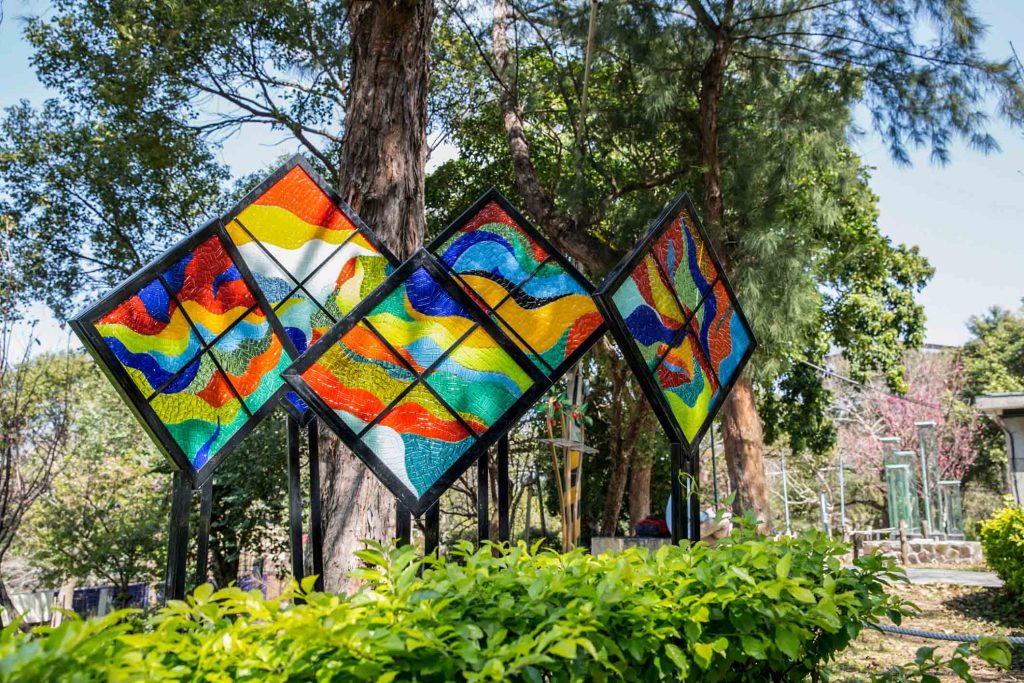
To promote Hsinchu’s thriving glass industry, the Hscinchu City Glass Museum exists to educate sightseeing visitors as well as interested business owners in understanding the techniques and processes of glass creation as well as the fascinating history behind it. There are also collections of glass art pieces that are on-of-a-kind that you can view as an exhibition. The museum seamlessly combines the cultural aspects of Hsinchu with sightseeing parallels so that visitors remain interested whilst they learn about such a unique trade.
The museum itself is made of three stories of European-influenced oriental architecture – that in itself is an interesting sight to witness. When you enter, you can explore the entire place yourself within 1-2 hours – check out the lamp shades made entirely of glass, and even a jail cell that’s made entirely of glass. This museum makes for a great activity to spend your morning, or a leisurely activity to finish off your day.
- Address: No. 2, Section 1, Dongda Road, East District, Hsinchu City, Taiwan 300
- Access: From Hsinchu HSR Station, it is a 10-minute walk to the glass museum,
Beipu

Beipu is a quaint little village located in the inlands of Hsinchu County. Its defining characteristic is that its relatively small population of around 10,000 people consisting mainly of people of Hakka descent, an ethnic aboriginal minority of Taiwan. Many of the historical features of the village has been retained and maintained to a high level of detail, and thus many tourists enjoy doing a day-trip out to Beipu to learn about and see the Hakka history and culture in flesh.
In particular, the Beipu Old Street area is a major tourist hot spot. It’s basically the main area within the village where you can stroll through the old windy alleyways to take in structural masterpiece as well as sample authentic Hakka cuisine and shop around for souvenirs. This area has made enormous efforts to preserve Hakka culture as a whole, and this is the main reason why people love coming here – without seeming over the top and laying it on thick, they manage to charm all the visitors into spread word about the delectableness of Hakka cuisine (e.g. ground tea and persimmon cakes) and fascinating aspects of their lives.
Another notable point of interest to check out in Beipu is the Ci-Tian Temple. Located in the centre of the village, it’s a wonderfully quaint worship area that was build in the 1800s, and always brimming (albeit quietly) with locals sending prayers and tourists respectfully admiring the structure.
If you are traveling to Beipu during the end of April until the beginning of May, you might just be able to catch the famous ‘firefly season’. For two weeks, whilst the Tung flowers are in blossom, fireflies will come out in abundance in the surrounding mountains. In the evening is the best time to experience and possibly capture some gorgeous images of this phenomenon.
- Address: 314, Taiwan, Hsinchu County, Beipu Township
- Access: From Hsinchu HSR Station, take the Shishan Tourist Shuttle to Beipu.
Hike the Eighteen Peaks (Shibajian Mountain)
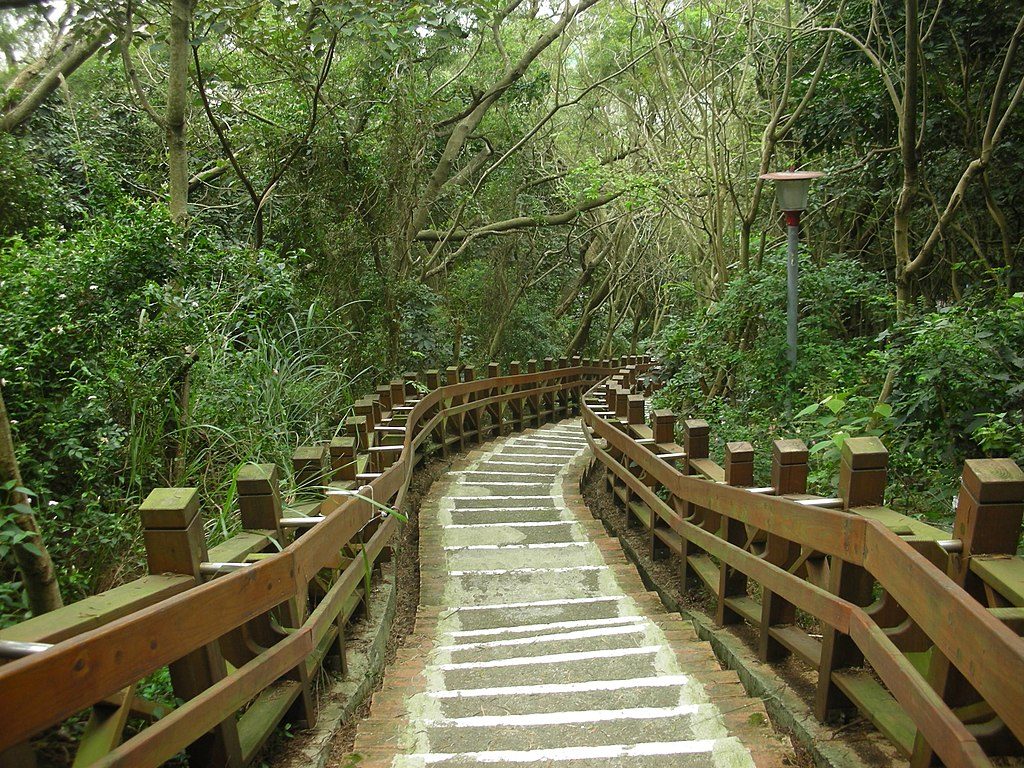
As expected of a city in Taiwan, a list of ‘things to do’ is not complete unless you have a hike or a trail included, and the Eighteen Peaks trail is Hsinchu’s gift to the world. Before you get too excited and head off to pack your hiking shoes, we’ve got a warning for you: this isn’t for the bold-hearted. Instead of bouldering across cliffs, pulling yourself up with ropes whilst sweat drips from your head to your toes, this is a rather leisurely activity. You’ll be amongst scores of others, many of which are locals, who are escaping the city for some fresh air and possibly to do some light exercising; you’ll see vendors selling fresh fruit and vegetables as you walk around, and often there will be traditional music being played by musicians on the road – all in all, it’s quite the relaxing experience.
In saying that, the walk is a little more then a cruise in the park. From the station, you’ll need to walk around 30-minutes before getting to the entrance, and from then on, there are plenty of (relatively easy and flat) steps to take. However, along the way, stop and smell the flowers (quite literally, especially during spring time), listen to the unique bird calls, and just generally enjoy time away from any hustle and bustle. There are pagodas that you can sit down and relax in once you decide you need a rest. To really make the most of your time, pack a light picnic and have lunch under the shade.
- Address: 300, East District, Hsinchu City, Taiwan 300
- Access: From Hsinchu Station, it is a 30-minute walk to the park.
Leofoo Village Theme Park
We bet that this is something you didn’t expect to come across in Hsinchu! Dubbed by some as the best theme park in all of Taiwan, if you’re a rides enthusiast, a theme park fiend, or a roller-coaster chaser, then this place is definitely where you’d want to visit. Encompassing a safari park, an amusement park, and a water park all in one, the Leofoo Village Theme Park packs rides and attractions suitable for ages ranging from toddlers to adults, and everyone in between.
There are four areas to explore: African Safari, Wild West, South Pacific, and Arabian Kingdom. Of course, all areas have their own unique traits, but some of the most popular rides across the entire park include:
- Captain Cook’s Swinging Ship (South Pacific) – claimed as the biggest rollercoaster in all of Taiwan. It offers unmatched views of the entire park at the top.
- Sultan’s Adventure (Arabian Kingdom) – a high-speed jeep ride.
- Sahara Twist (African Safari) – a twist-and-turn rollercoaster.
- Animal feeding/horse riding (African Safari)
- Mighty Mountain Flume Adventure (South Pacific) – a ride where you float along on a log throughout and it slides down into water at the end, creating massive waves.
- Screaming Condor (Wild West) – an inverted rollercoaster.
The park, at its peak operation, boasts more than 30 different rollercoasters for both the faint and the bold-hearted, and its zoo is renowned across the country for its wide variety of animals and suitability for all ages. Throughout the day, there are usually water shows, large parades, and dance performances to watch, and unlike many of the theme parks in other popular tourist areas in the world, the average wait time during weekdays can come down to only 20-minutes!
- Address: 306, Taiwan, Hsinchu County, Guanxi Township
- Access: Head to Zhongli Station. Exit at the Front Exit (前站), and head to the Hsinchu Bus Stop across the street. From there, take Bus No. 5653 to Leofoo Village Theme Park ($62 TWD, 60-minutes). From the Hsinchu HSR Station, you can also take a taxi for 20-minutes to the theme park.
- Hours: September – June: 9:00am – 5:00pm, July – August: 9:00am – 8:00pm;
- African Safari animal sanctuaries: September – June: 9:30am – 4:30pm, July – August: 9:30am – 7:00pm
- Cost: Adult: $999 TWD ($33USD), Child: $699 TWD ($23USD)
- Book here with discount: Leofoo Village Theme Park
For some, this list might constitute just a day trip to explore the attractions that really stand out; for others, a few days of rest and relaxation whilst being educated on the fascinating history and techniques of glass creation and exploring temples and trails might be the way to go; for others still, two days of jam-packed activities including spending an entire day on rollercoasters to be followed by subsequent food-hunting via local eateries and night markets sounds like the perfect side trip. Whatever it may be, we’re hoping Hsinchu City offers you the heightened cultural experience we know its capable of.



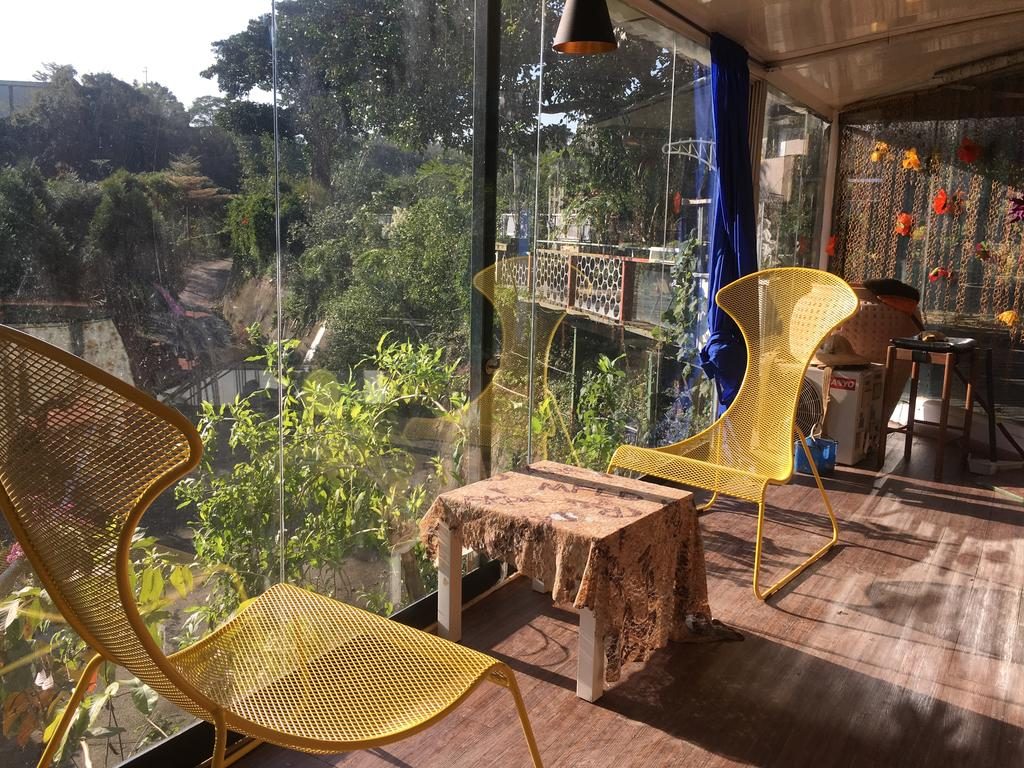
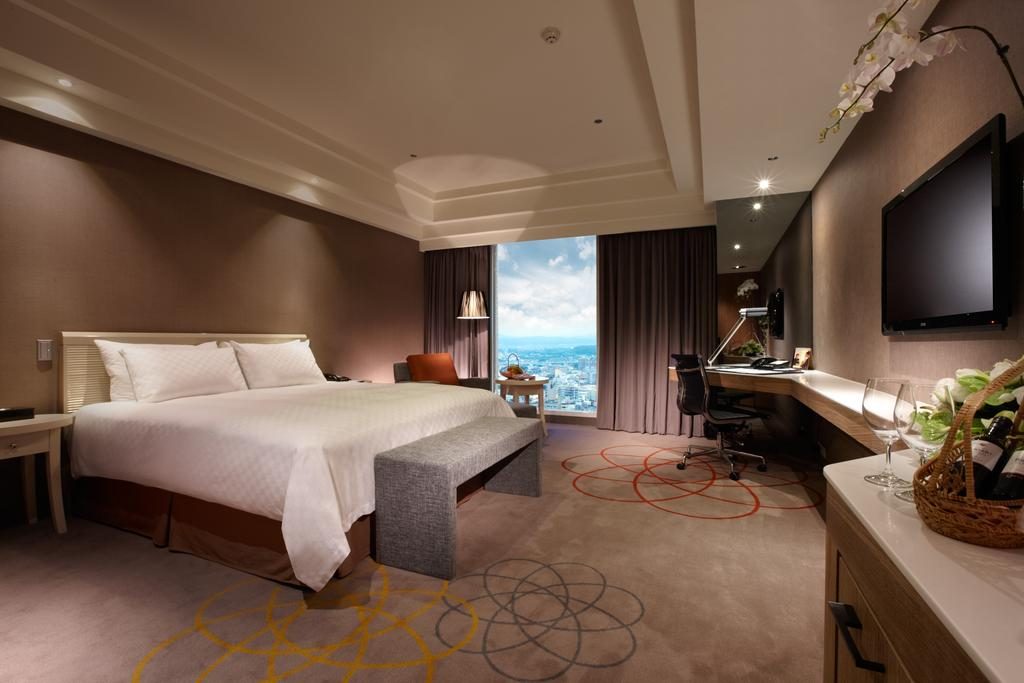
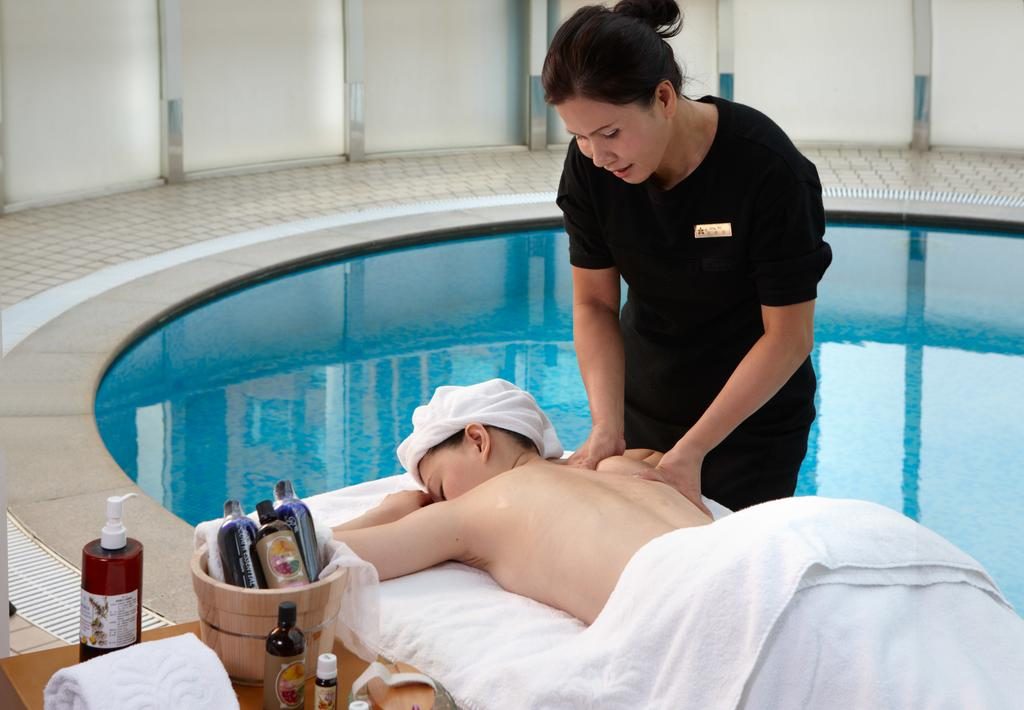
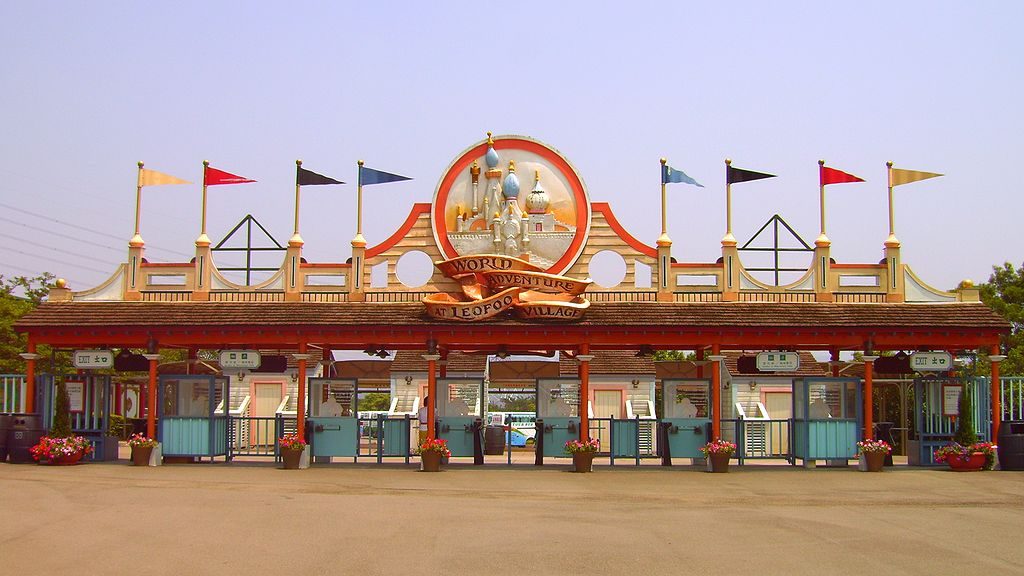
The food sounds great! I love Chinese food, and these dishes and snacks all look very interesting. The theme park sounds really fun, and the Beipu village is interesting. I’m researching places to live in Taiwan, and Hsinchu is definitely near or at the top of my list. This guide was really informative.
Thank you for a nice article about Hsinchu. As I’m planning a 10 day trip in Taiwan I’m looking for places to visit outside Taipei. Hsinchu was suggested to us as a town with concentrated Taiwan Hakka ethnic group. But there are not too many resources about Hsinchu. I’m glad I found this article.